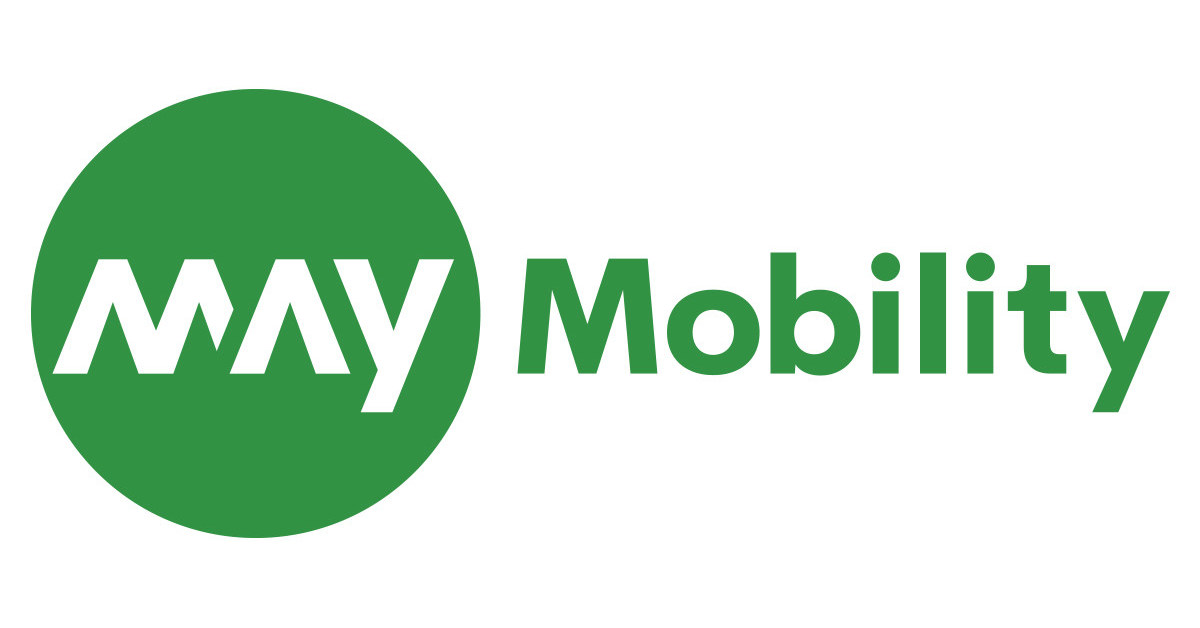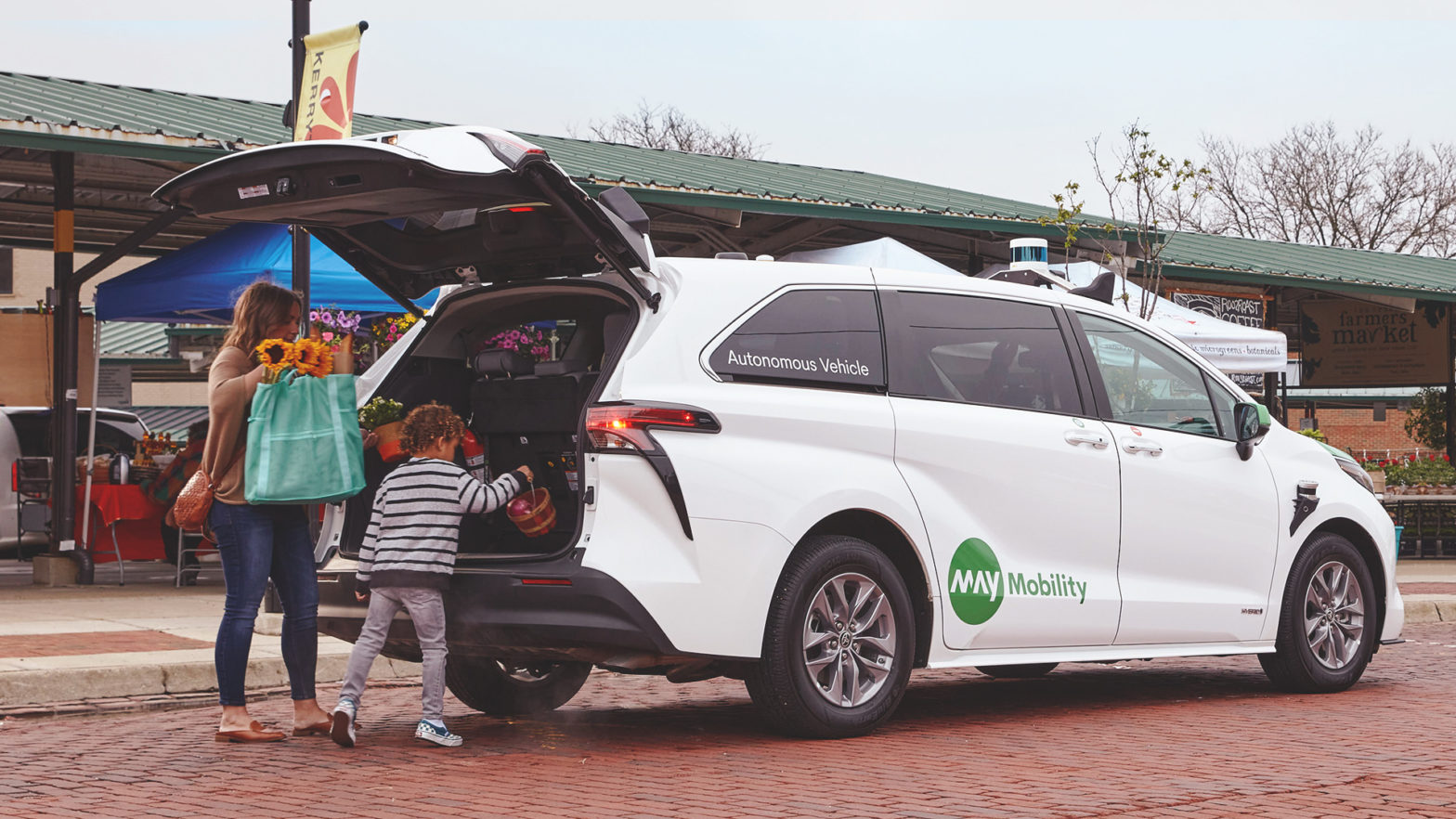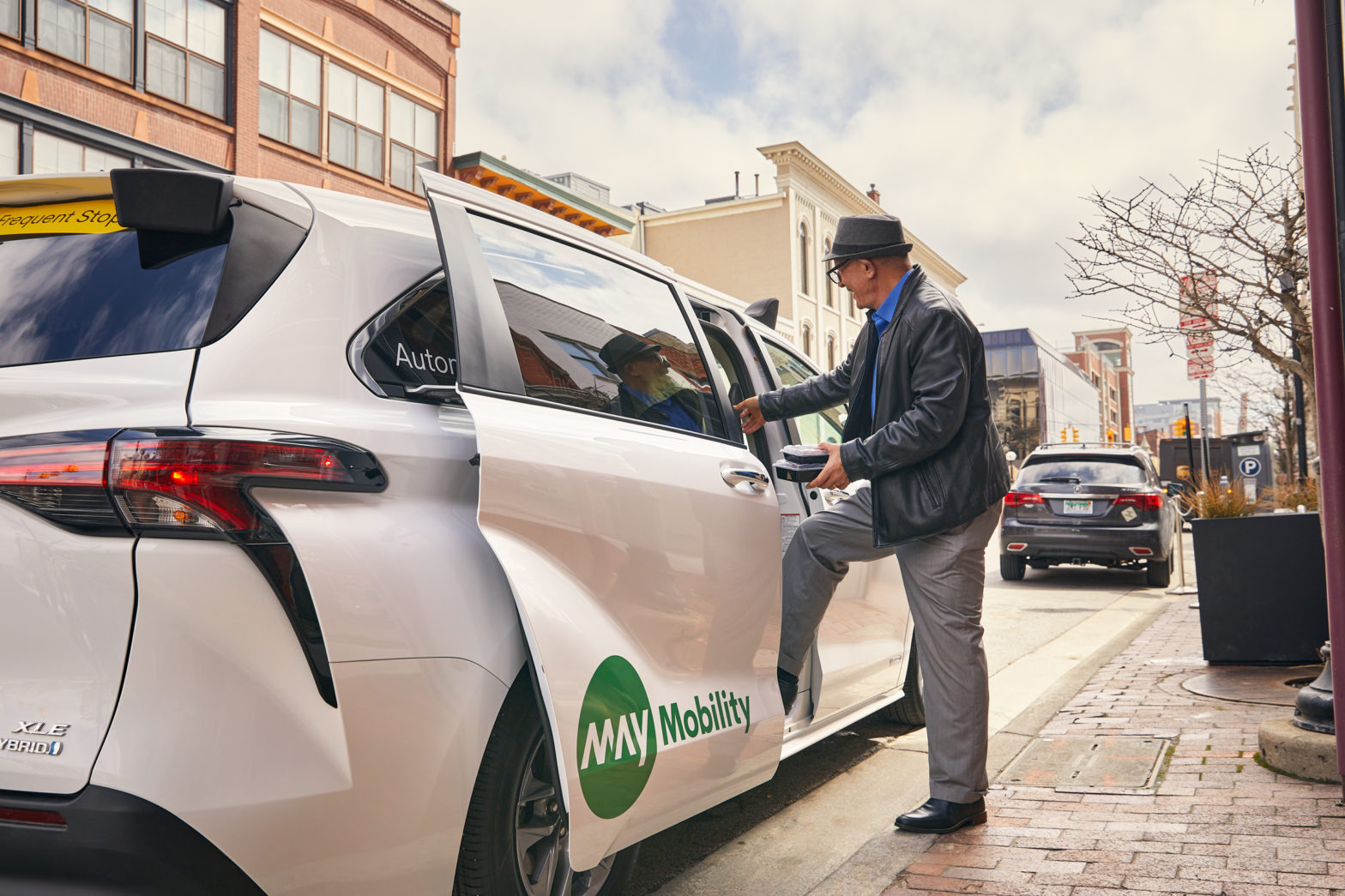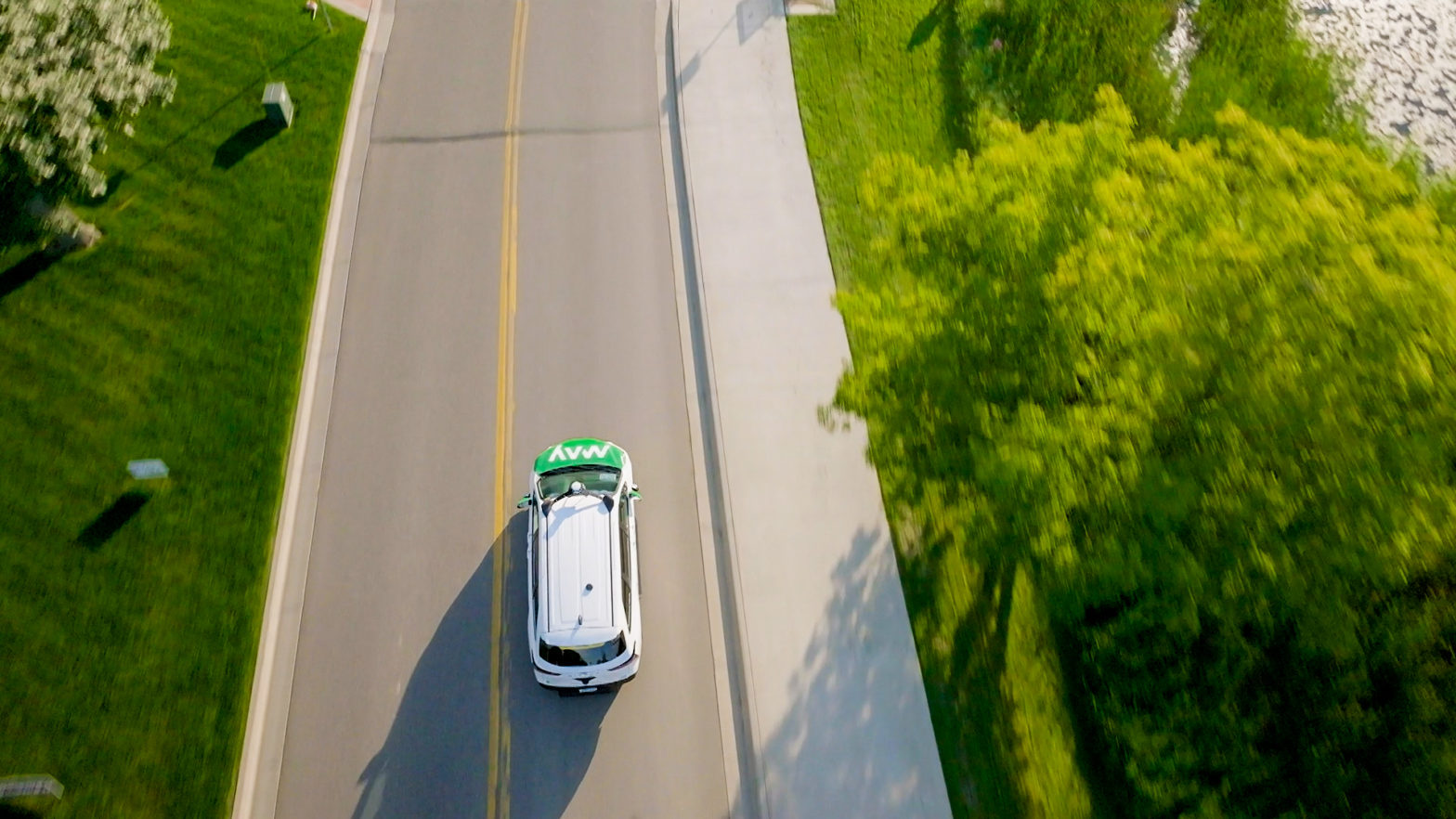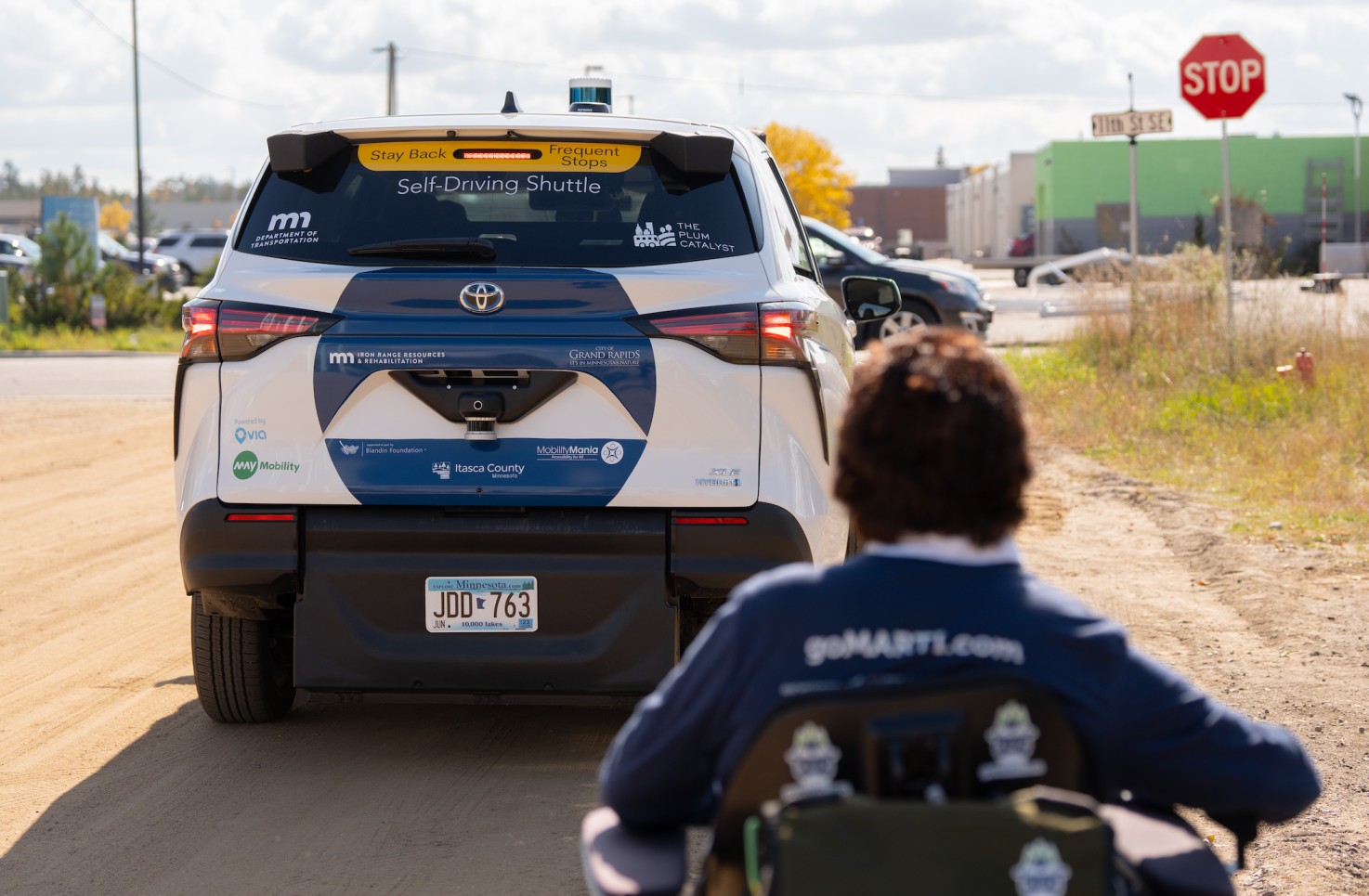
Preparing for autonomous vehicle service: productive discussions for long-term success
05 December 2023
By Nicole DuPuis, Policy and Advocacy Lead, May Mobility
Autonomous vehicles (AVs) in the public sector have evolved over the past few years, as have use cases, vehicle types, rider experience and capabilities. Cities and transit agencies may wonder where to start and how to differentiate between AV providers.
It can be confusing to understand the difference between a robotaxi, microtransit AV or an AV circulator. Matching the right type of service and the capabilities of the available service providers to community needs and long-term strategic plans for a city and transit agency can help set the path for greater sustainability of the service and increased rider satisfaction.
For instance, service in a college town or in a campus environment might call for a mix of a fixed route bus and/or AV circulator with microtransit used outside regular operational hours, such as for evening safety rides, or in locations where fixed route buses or an AV circulator could not economically service.

In the past, autonomous vehicle services (AVs) were seen as a “pilot” operating in parallel with other modes of public transport. However, we are now seeing more agencies and cities incorporating AVs as an independent part of their overall transportation network and including AVs in their strategic plans.
Below is a list of questions that we often advise organisations to consider answering internally prior to engaging with any AV provider. Using this as a foundation can help jumpstart a productive conversation, build rapport and set the stage for a successful deployment and partnership.
Seven questions transit agencies should consider:
- Who are you serving?
Having a clear understanding of your rider community, and the types of needs and preferences they have is critical to setting up AV deployments for success. For instance, if you are serving people with disabilities, you will need an accessible vehicle. It is also worth noting that the pandemic had a significant impact on national transit ridership numbers and that many markets still haven’t fully recovered their pre-pandemic ridership numbers.
A study by USDOT on the impacts of the COVID-19 pandemic on the top 26 transit markets in the United States found that from August 2019 to August 2020 rail ridership declined by 72 percent, while bus ridership declined by 37 percent. Even the post-pandemic world, which has shown some ridership recovery, has shown significant shifts in travel behaviour. For instance, individuals who continued working from home and retirees might need different hours of service than people who commute to an office or worksite several days a week.
2) What does success look like for you?
There are a number of ways to measure success in an AV deployment. Your chosen metric might be something more traditional like ridership or demand. Yet the more common ones have been tied to other strategic purposes, too. For example, how it promotes transport equity, such as how seniors or people with disabilities adopt AVs, or how it can prompt economic development opportunities, such as by increasing access for underserved communities. Another common one may be how to integrate it with other modes of transportation for greater regional collaboration. Could you imagine operating a mixed fleet of AVs and non-AVs in phases depending on the need and service area?
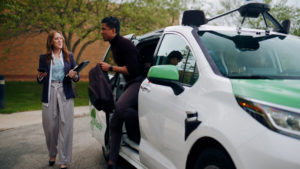
3) Where would you like to operate and why?
Where would you like to see AVs operating in your community? Are your preferences consistent with demand? Do they align with the preferences of the community/riders? Have you considered mobility deserts and needed first- and last-mile connections? Is there an opportunity to connect to a university or medical campus?
4) Are there any limitations to operate?
Different communities have different limitations that might hinder AV operations. Understanding the various factors that may come into play in your community is important. Transit agencies and cities should ask: are there seasonal restrictions, topography, weather, staffing and/or vehicle availability, or speed limits? Even seemingly small restrictions may completely rule out an AV operator from serving an area so a clear understanding of the operating environment is critical. It’s also important to understand the policy and regulatory environment, including existing regulations, pending legislation and union politics. Another important question is what is the planned budget.
5) Where will funding come from?
How do you plan on funding this AV project? Do you have a private funding source or sponsorship? Do you have access to federal, state or local grant funds? Or is your funding mechanism some combination of these? Having (or not having) a sustainable funding plan for an AV project can make or break it. Today, there are multiple institutions that have funded autonomy projects. These include state and federal grants, local and state taxes, community improvement districts, universities, and businesses.
6) How important is it to have an operator/driver in the vehicle?
This preference varies amongst agencies. You may be obligated to have a driver due to funding sources, state regulations, community sentiment, or your stakeholders’ preference. Or, you may be motivated to go without a driver due to economic or staffing constraints relative to ridership demand. If you do need an operator, what role do you envision them serving (safety driver, community liaison, etc)? Are these roles that could be filled by existing transit employees or other tangential partners in the community?

7) Who are your stakeholders?
Who are the critical stakeholder groups that need to be consulted with or weigh in on the AV programme? Community stakeholders might include mayors, board members, council members, local businesses, commissioners, airports, event venues and stadiums, metropolitan planning organisations, chambers of commerce, first responders and local DOT leaders. You will also want to consider including transportation advocacy organisations, local disabilities groups, universities, medical centres and relevant research institutions.
Questions to ask your AV provider:
- Can you tell me about the management and financial health of your company?
Make sure you have a clear understanding of the leadership team’s experience, the vehicle features, business model and financial sustainability of the company you’re considering. Understanding the financial integrity and machinations of a company can tell you a lot about that company’s culture, stability, and longevity. Ask about their funding sources, relationships with funding bodies and regulators such as NHTSA, FTA, DMVs and DOTs and how they interface with existing customers.
Pay attention to the details of their vehicles, such as whether the vehicles provide for disability access and how the vehicles will be branded to reflect the community’s culture.
2) Have you publicly deployed vehicles? If so, for how long and what was the scope?
You may want to ask the company you’re working with about experience deploying autonomous technology on public roads. Many of the early AV pilots ran exclusively on private property. Ask for details regarding the scope and length of their public AV deployments, and also what they have learned from these experiences and how that can be applied to your community. Better yet, ask for a ride.
3) Who is your vehicle provider/OEM and what is the AV provider’s relationship with them?
Consider your specific use case and whether the AV provider you are working with offers vehicles that can meet your needs. For instance, if you will be operating on public roads, you should make sure you understand whether the vehicles that will be used are Federal Motor Vehicle Safety Standards (FMVSS) compliant and/or whether waivers will be necessary for their operation. You may want to ask whether the vehicles are fully redundant, and if so, how the company has confirmed redundancy. Generally, you want to ensure the AV company you’re working with is using a vehicle platform backed by a major OEM, and that the platform meets industry standards. Different types of deployments might call for different vehicle form factors. Make sure you’ve picked the company that can best meet your needs.
4) How mature is the technology and how do you handle safety?
How long has the company been in business? How much time has it had to improve and upgrade the technology? If it plans to move from having autonomous vehicle operators (AVOs) to rider-only service, you want to have a clear understanding of how it plans to make that transition.
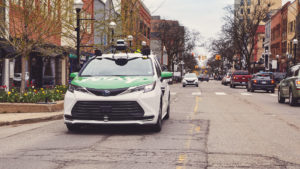
5) Are there any autonomy limitations such as speed, weather, or infrastructure requirements?
Be prepared to educate yourself on how autonomy works and each AV provider’s specific capabilities. Some have more experience deploying in communities with inclement weather, varying topography and complex traffic environments, similar to those that they’ll experience in your community. Others may specialise in direct point-to-point or connected autonomy. Also, be sure to inquire as to whether there are initial infrastructure investments that need to be made prior to a successful deployment. Connected infrastructure investment can be costly, and it will need to be accounted for in your project budget.
6) What does community engagement look like in your deployments?
Community engagement is critical to any transit or public works project as it influences adoption. Ensuring this is core to the project and values of the AV provider and not an afterthought can signal whether the project will be successful. An AV provider should be working to engage the community they’re preparing to enter, working with first responders, understanding workforce dynamics, and looking for feedback from community stakeholders and potential riders regarding service areas, hours, and other requirements to meet riders’ needs.
7) What does the rider experience feel like? Can you try a ride out at one of the locations?
It’s critical that you understand what your riders will experience, including how the rides feel, how the vehicles interact with other vehicles and vulnerable road users, and what boarding and disembarking the vehicle feels like. This experience might be different for different rider populations (ie riders with disabilities or assistive devices, riders with younger children). Make sure you ask for a test ride and vet the experience with different rider groups.
In partnership with:



